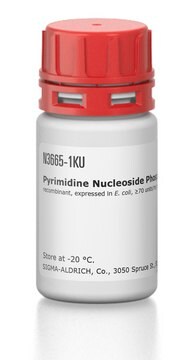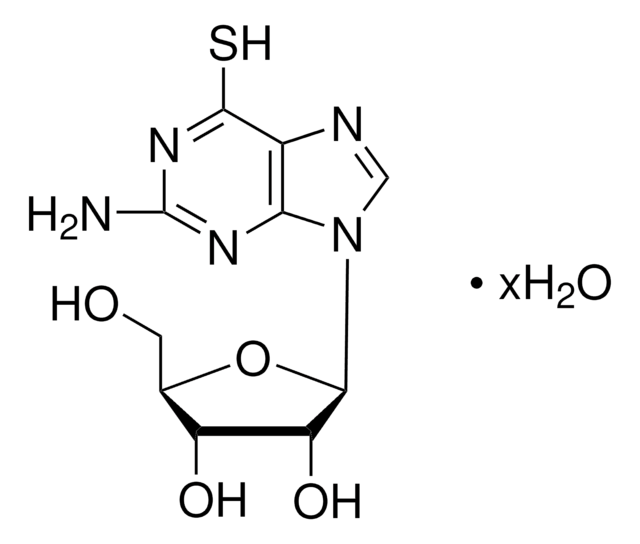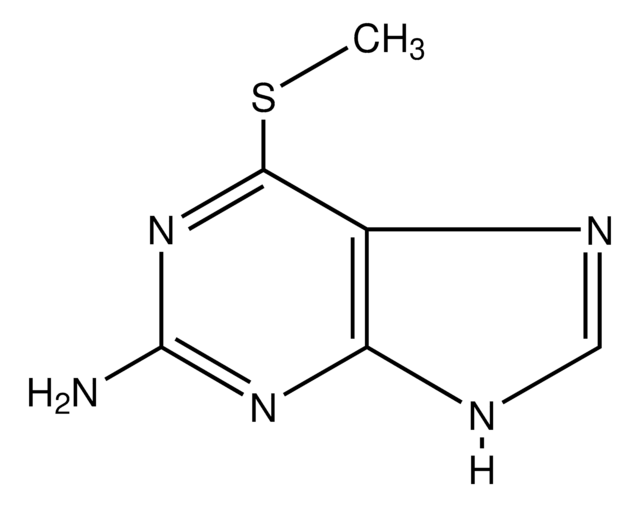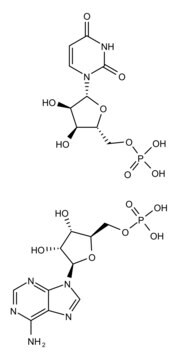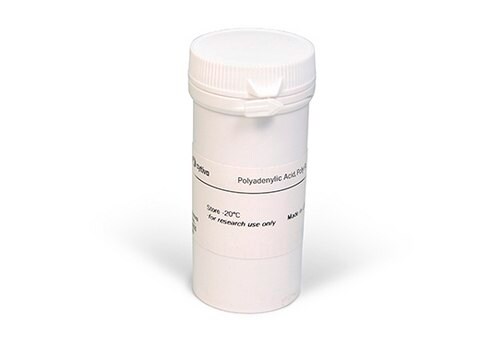N9914
Polynucleotide phosphorylase from Synechocystis sp.
recombinant, expressed in E. coli
Sinónimos:
PNPase, Polyribonucleotide Nucleotidyltransferase
About This Item
Productos recomendados
biological source
bacterial (Synechocystis sp.)
Quality Level
recombinant
expressed in E. coli
description
Histidine tagged
assay
90% (SDS-PAGE)
form
solution
specific activity
≥500 units/mg protein
mol wt
85 kDa
technique(s)
cell based assay: suitable
suitability
suitable for molecular biology
application(s)
cell analysis
shipped in
dry ice
storage temp.
−70°C
¿Está buscando productos similares? Visita Guía de comparación de productos
General description
Application
Biochem/physiol Actions
Unit Definition
Storage Class
12 - Non Combustible Liquids
wgk_germany
WGK 1
flash_point_f
Not applicable
flash_point_c
Not applicable
Certificados de análisis (COA)
Busque Certificados de análisis (COA) introduciendo el número de lote del producto. Los números de lote se encuentran en la etiqueta del producto después de las palabras «Lot» o «Batch»
¿Ya tiene este producto?
Encuentre la documentación para los productos que ha comprado recientemente en la Biblioteca de documentos.
Los clientes también vieron
Nuestro equipo de científicos tiene experiencia en todas las áreas de investigación: Ciencias de la vida, Ciencia de los materiales, Síntesis química, Cromatografía, Analítica y muchas otras.
Póngase en contacto con el Servicio técnico

